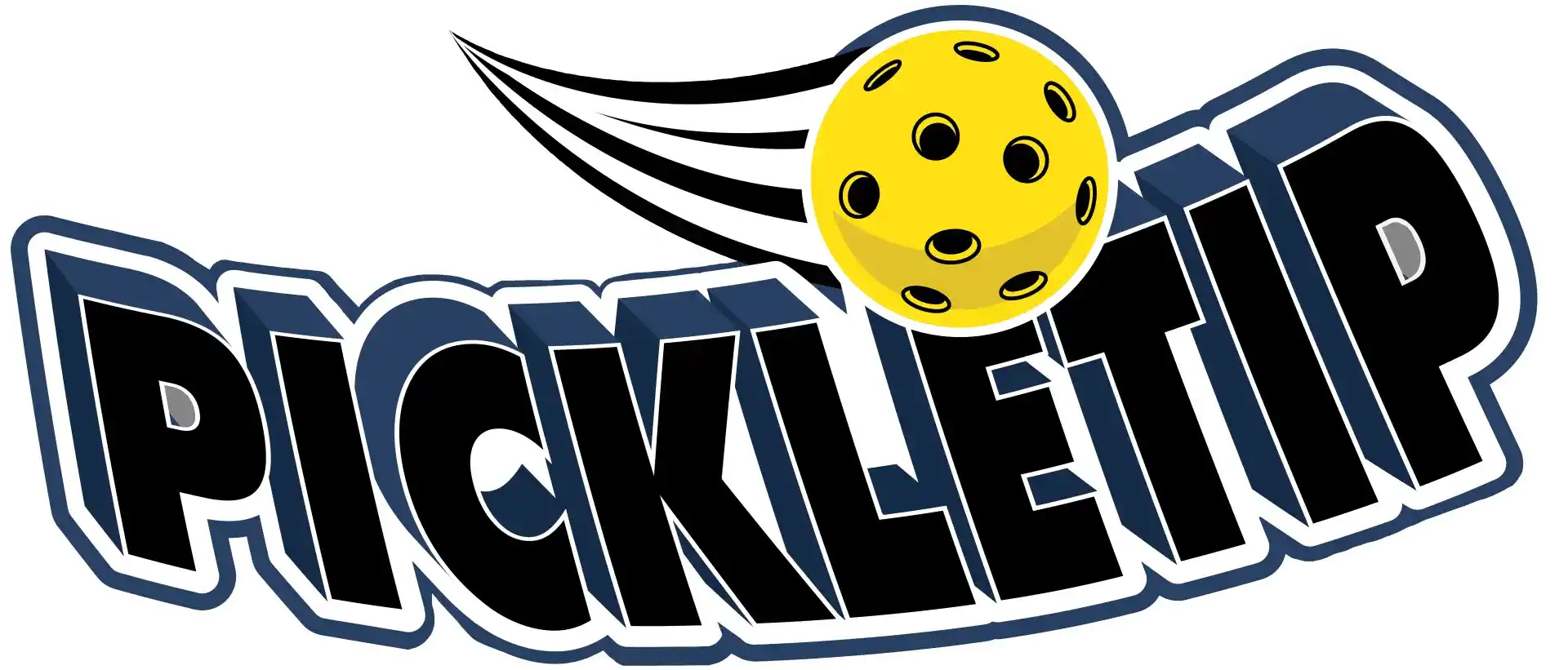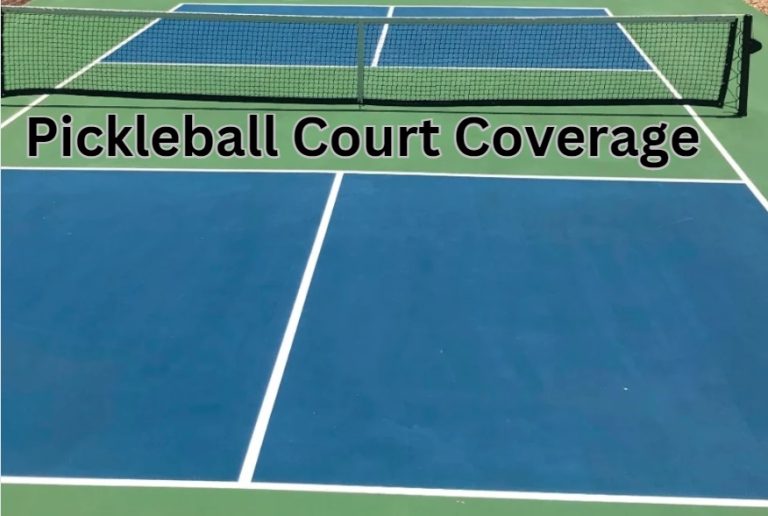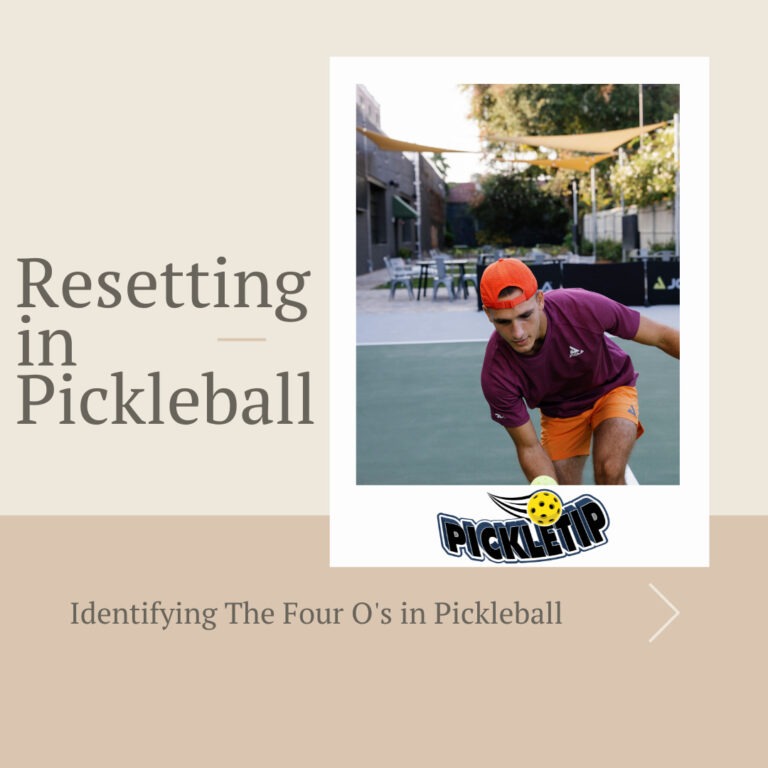Common Pickleball Mistakes and How to Rectify Them
Unveiling Common Pickleball Mistakes: Tips to Elevate Your Game
Whether you’re a newcomer to the thrilling sport of pickleball or an intermediate player looking to up your game, understanding common pitfalls is crucial. In this comprehensive guide, we’ll examine some typical pickleball mistakes, understand why they’re made, explore their effects on gameplay, and unveil expert advice to prevent them.
Despite its simple rules, pickleball can pose numerous challenges, especially for beginners and intermediate players. Mastery over the sport requires understanding and rectifying common mistakes. This guide delves into the most frequent pickleball mistakes, providing insights into their causes and impacts, and offering effective solutions to help you improve your game.
Mistake 1: Lack of Readiness for the Shot
A frequently encountered mistake is a lack of preparedness for the shot. Players often find themselves caught off guard by the opponent’s return, resulting in weak or missed shots. This unpreparedness stems from a relaxed stance or a failure to anticipate the opponent’s next move, significantly impacting the player’s ability to control the game.
Solution: Practice maintaining a ready stance with your paddle held in front of you at the 9 or 12 o’clock position and knees slightly bent. Over time, this stance will become second nature, improving your reaction times and shot accuracy.
Mistake 2: Failing to Keep an Eye on the Ball
Keeping an eye on the ball might seem simple, but many players lose track of it during the game. Distraction, a lack of focus, or taking your eyes off the ball to look at the opponent’s position are common reasons for this mistake. This can lead to misjudged shots or complete misses, disrupting your game flow.
Solution: Improve your concentration levels and hand-eye coordination through drills, ensuring you always keep the ball in your sight.
Mistake 3: Inadequate Follow-Through on Shots
Not following through on shots is a common error, especially among beginners. In their eagerness to hit the ball, players often cut their swing short, resulting in a loss of power and control over the ball’s direction.
Solution: Work on your swing mechanics, ensuring a full follow-through with each shot. This practice will enhance your shot power and control, giving you an edge in the game.
Mistake 4: Ignoring Court Positioning
Court positioning is crucial in pickleball. However, players, especially beginners, often disregard it. Misjudging your positioning can leave you vulnerable to shots like the slam or the dink.
Solution: Be aware of your positioning on the court at all times. Aim to stay balanced and near the center of your side to cover the maximum area possible.
Mistake 5: Poor Serves
The pickleball serve sets the tone of the rally in pickleball. However, players often rush their serves or hit them without a clear strategy, resulting in weak or fault serves.
Solution: Take your time with your serve. Aim for deep serves to push your opponent back, opening the court for your next shot.
Mistake 6: Hitting Every Shot Hard
Many players believe the harder they hit the ball, the better. However, this strategy often leads to a lack of control, hitting balls out, and making it easier for opponents to slam the ball back.
Solution: Mix up your shots with varying speeds, spins, and angles. A diverse range of shots will make you unpredictable and harder to beat.
Mistake 7: Overuse of the Backhand
Over-reliance on the backhand can limit your game. It often leads to weaker shots and less control, as the backhand shot is technically harder to master.
Solution: Work on your forehand shots and aim to use them more frequently. A strong forehand shot can give you more power and control over the game.
Mistake 8: Neglecting the Dink Shot
The dink shot is a key part of pickleball strategy. However, many players ignore it, choosing to stick with groundstrokes and volleys. This oversight can make their gameplay predictable and easier to counter.
Solution: Practice your dink shots, and integrate them into your game. Properly executed, the dink shot can disrupt the pace of the game and frustrate your opponent.
Mistake 9: Not Respecting the Non-Volley Zone
Also known as “the kitchen,” the non-volley zone is a key area in pickleball. Failure to respect this zone leads to faults.
Solution: Be aware of the non-volley zone rules. Do not volley the ball while standing in this zone. If you step into it after a volley, ensure you exit before playing the next shot.
Mistake 10: Not Being Aggressive Enough
Not being aggressive enough is a common mistake caused by a lack of confidence or fear of making errors. This passive playstyle can allow opponents to dictate the pace and direction of the game.
Solution: Learn to incorporate power and spin in your shots. A topspin drive, for instance, can disrupt your opponent’s rhythm and give you control over the game.
Mistake 11: Drifting After Serving the Ball
Many players have a tendency to step forward after serving the ball due to momentum or a misguided attempt to close down space. This can leave them ill-prepared for return shots.
Solution: Try moving backward after serving to position yourself optimally for returning deep shots.
Mistake 12: Hitting Dead Dinks
Players often hit unstrategic dinks due to panic or a lack of game plan. These “dead dinks” can be easily countered by the opponent.
Solution: Be intentional with your dinks. Try to aim for hard-to-reach areas or add spin to complicate the return for your opponent.
Mistake 13: Positioning Behind the Non-Volley Zone
A common error is stepping back when the ball approaches the non-volley zone. This movement can cede control to the opponent and make it difficult to return shots effectively.
Solution: Stand your ground near the net and aim to volley the ball before it bounces, especially when receiving dink shots.
Understanding Common Pickleball Mistakes
Awareness and correction of these common pickleball mistakes can help enhance your gameplay significantly. By understanding these errors and adopting our expert-provided solutions, you can step up your game and become a formidable opponent on the court. Remember, the journey to mastery is a continuous process.







